Latest NRAO News
News is managed by NRAO News & Public Information. Questions about News? Have a story to share? Want to interview a scientist or create new media about our telescopes?

Thankful Cromartie, a NRAO Grote Reber doctoral fellow at the University of Virginia’s Department of Astronomy, has received an Einstein Fellowship under the prestigious NASA Hubble Fellowship Program (NHFP).
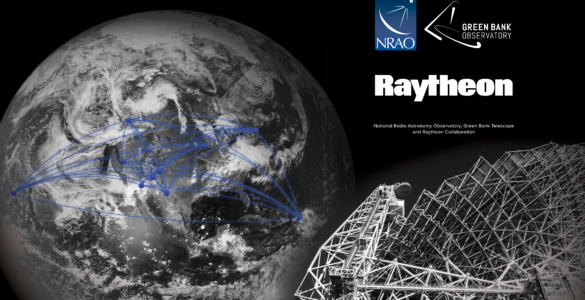
Raytheon Company, the National Radio Astronomy Observatory and the Green Bank Observatory entered a cooperative research and development agreement.
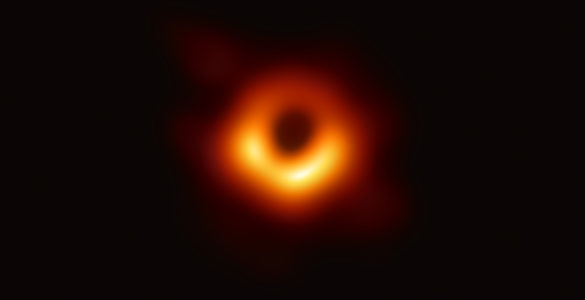
Kazunori Akiyama, a Jansky Fellow of NRAO at MIT Haystack Observatory, has received the 2020 Young Astronomer Award from the Astronomical Society of Japan for his contributions to the first-ever images of a black hole.

NRAO scientists are among the first American Astronomical Society members to receive the new honor of designation as “Fellows of the AAS.”
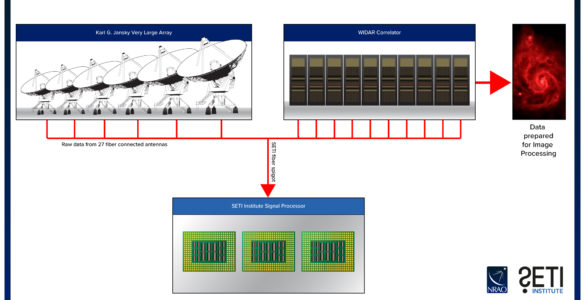
NRAO and the SETI Institute will develop a new system to provide VLA data to an advanced signal processor that will seek to detect signs of extraterrestrial technologies.
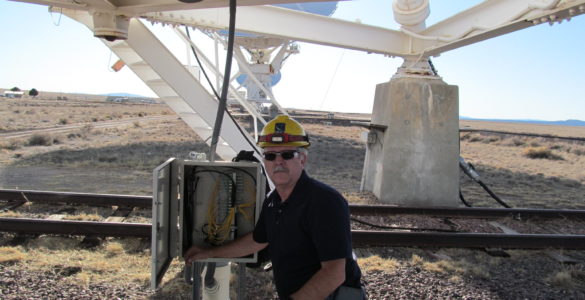
NRAO servo technical specialist Bruce Mues is honored as Technician of the Year by international association.
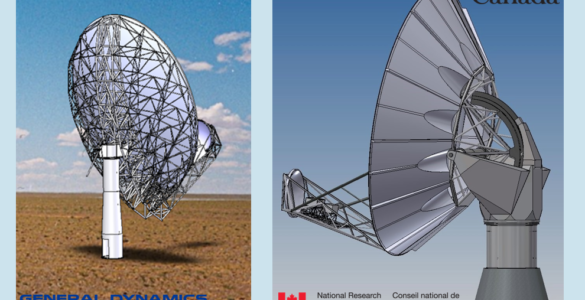
The NRAO has awarded three contracts for the conceptual design of the 18m antenna for the next-generation Very Large Array (ngVLA).
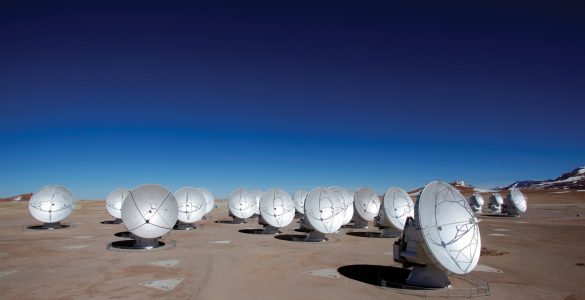
The management team of the Joint ALMA Observatory have decided to return to regular operations.
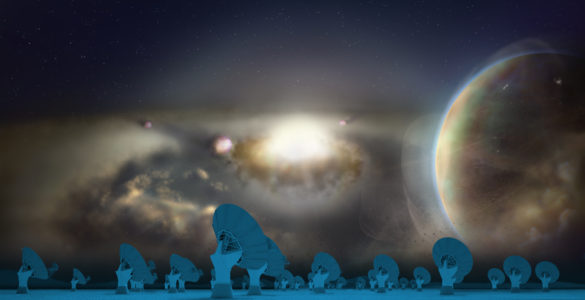
The National Science Foundation (NSF) has awarded an additional $4M to the National Radio Astronomy Observatory (NRAO) and Associated…
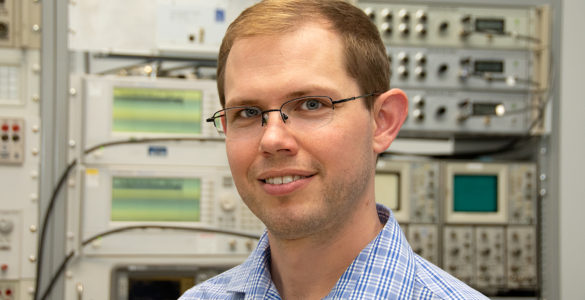
Dr. Brett McGuire of the National Radio Astronomy Observatory (NRAO) has been named to Science News’ list of 10 early-and mid-career scientists on their way to greater widespread acclaim.





